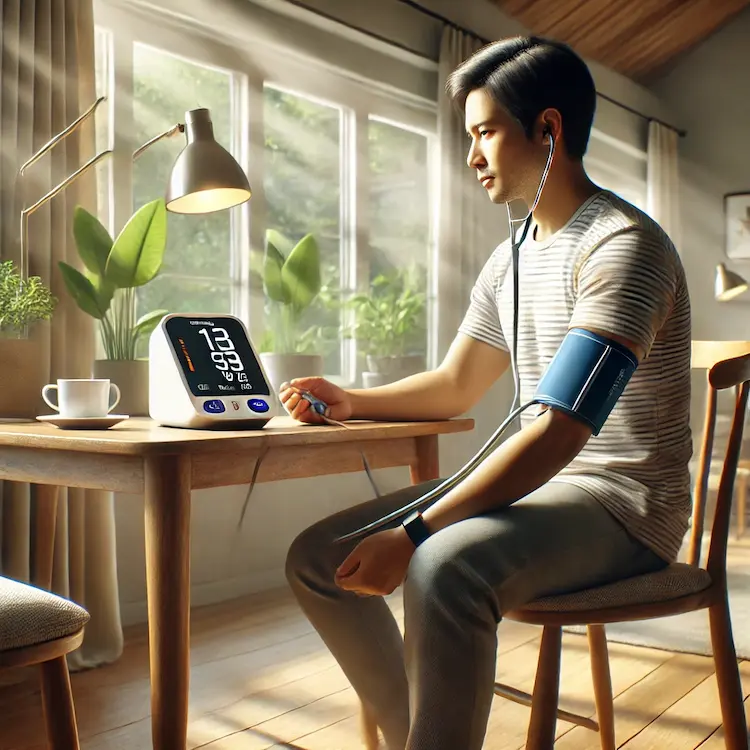Home Blood Pressure Monitoring (HBPM) is a valuable tool for managing hypertension, offering insights beyond clinical settings. Selecting the appropriate time of day for HBPM is crucial for obtaining accurate and consistent readings. This article delves into the optimal timing for HBPM, its significance, health implications, and practical advice tailored to the context of the Philippines.
Blood pressure (BP) is not static; it fluctuates throughout the day following a circadian rhythm. Typically, BP rises sharply upon awakening, peaks in the afternoon, and declines in the evening. These variations are influenced by factors such as physical activity, stress, and dietary habits. Understanding these patterns is essential for determining the best times to monitor BP at home.
Monitoring BP at consistent times daily enhances the reliability of readings. Inconsistent timing can lead to misleading data, potentially affecting treatment decisions. For instance, measuring BP immediately after physical exertion or caffeine consumption can result in elevated readings unrelated to baseline BP levels.

Healthcare professionals often recommend measuring BP twice daily:
Consistency is key; taking measurements at the same times each day provides a clearer picture of BP trends.
Accurate HBPM allows for early detection of hypertension, assessment of treatment efficacy, and identification of white-coat hypertension—a condition where BP rises in clinical settings but not in daily life. This is particularly relevant in the Philippines, where hypertension prevalence has been increasing, posing significant health and economic burdens.
In the Philippines, HBPM is gaining traction as a method to improve hypertension management. However, its adoption faces challenges such as cost, limited access to validated devices, and lack of awareness. Addressing these barriers is crucial for better BP control among Filipinos.
To ensure accurate HBPM readings:
Following these steps enhances the accuracy of your BP measurements.
Choosing the right time for HBPM is vital for effective hypertension management. By understanding BP patterns and adhering to recommended practices, individuals can obtain accurate readings, leading to better health outcomes. In the Philippines, promoting HBPM awareness and accessibility can significantly impact public health.
Key Takeaways: